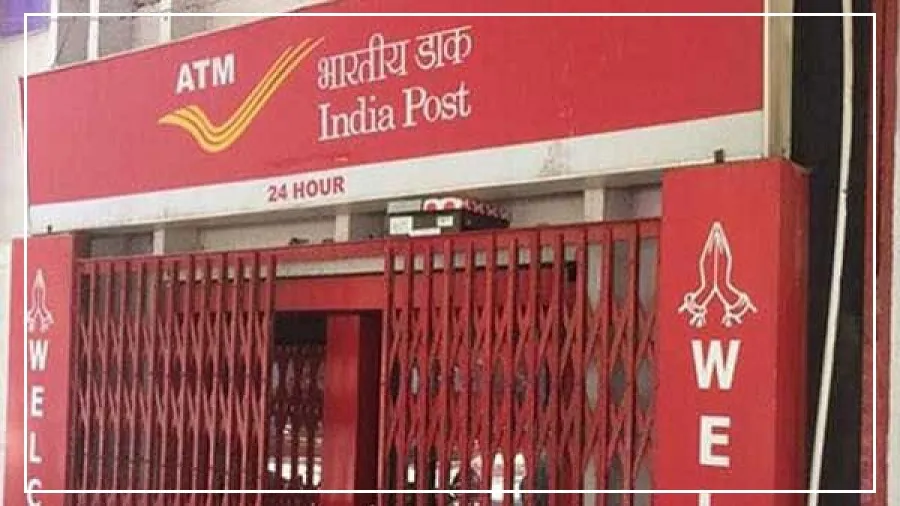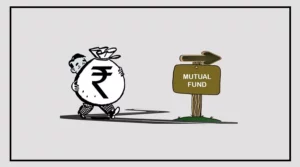Small Savings Scheme Update: If you’ve invested in any small savings scheme at the post office, then you need to act now.
If you don’t close or extend your account within 3 years of its maturity, your account could be frozen.
Once frozen, you won’t be able to withdraw money or make any transactions. The post office has started freezing such inactive accounts under new rules.
Accounts Will Be Frozen Twice a Year
As per a new order issued on 15 July 2025, the post office will now freeze accounts twice every year—starting on 1 January and 1 July.
The freezing process will be completed within 15 days each time. The aim is to protect people’s money from misuse and ensure proper handling of matured funds.
Which Accounts Will Be Frozen?
This rule applies to accounts that have been inactive for three years after maturity—meaning they haven’t been closed or extended. These accounts include:
Time Deposit (TD)
Monthly Income Scheme (MIS)
National Savings Certificate (NSC)
Senior Citizen Savings Scheme (SCSS)
Kisan Vikas Patra (KVP)
Public Provident Fund (PPF)
Recurring Deposit (RD)
What Happens If an Account Is Frozen?
If your small savings account gets frozen:
No withdrawals or deposits will be allowed.
All types of transactions will stop.
Online services, standing orders, and digital banking access will also be blocked.
How to Reactivate a Frozen Account
To unfreeze your account, visit your nearest post office and submit the following documents:
Passbook or certificate of the frozen account
KYC documents: Aadhaar, PAN card, address proof, mobile number
Account Closure Form (SB-7A)
Bank details: Provide a cancelled cheque or bank passbook copy for the account where the maturity amount should be sent
The post office will verify your documents and signature. Once your identity is confirmed, your account will be unfrozen, and the maturity amount will be transferred to your bank account.
























